Traumatic Dental Injuries
Most traumatic dental injuries occur in children, but people of all ages can be affected. Whether the injury is a result of an automobile accident, a sports mishap, an altercation or a bad fall, the severity and type of injury will determine the treatment necessary.
There are a number of common injuries that occur to teeth. Many of them affect the inner soft tissues of the tooth, known as the dental pulp. When the pulp becomes injured or inflamed, root canal treatment may be needed.
What Is Endodontic (Root Canal) Treatment?
Who Performs Endodontic Treatment?
All dentists receive training in endodontic treatment in dental school. General dentists can perform endodontic procedures along with other dental procedures, but often they refer patients requiring endodontic treatment to endodontists.
Endodontists are dentists with special training in endodontic procedures. They perform only endodontics in their practices because they are specialists. To become specialists, they complete dental school and then an additional two or more years of advanced training in endodontics. They perform routine as well as very complex endodontic procedures. Endodontists are also experienced at finding the cause of oral and facial pain that has been difficult to diagnose.
Types of Injuries
Chipped teeth account for hic majority of all dental traumas. The remaining represent more serious problems, including dislodged and knocked-out teeth. Treatment depends on the type, location and severity of each injury.
When any dental injury occurs, the most important thing is to see your dentist or endodontist immediately. The outcome, or prognosis, for our specific injury often depends on how quickly you see your dentist.
Chipped or Fractured Teeth
Dislodged Teeth
Avulsed Teeth
Root Fractures
Do Traumatic Dental Injuries Differ in Children?
Apexogenesis
One procedure, called apexogenesis, encourages the root to continue developing as it helps heal the pulp. The injured soft tissue is covered with medication to encourage further root growth. The apex continues to close, and the walls of the root canal thicken. If the pulp heals, no additional endodontic treatment may be necessary. The more mature the root becomes, the better the chances that the tooth can be saved. However, apexogenesis is not always successful. A different procedure, called apexification, may need to be performed.
Apexification
Other Injuries
An immature permanent tooth that has been dislodged may require minimal or no treatment other than follow-up until it has matured. If the tooth is severely dislodged, orthodontic or surgical repositioning and stabilization may be necessary.
If an immature permanent tooth has been out of the mouth for less than one hour, the tooth should be placed back in its socket, stabilized and watched closely by your dentist or endodontist for three to four weeks. During this time, your dentist will look for changes in tooth color, pain, swelling or loosening of the tooth. If any of these problems arise, an apexification procedure followed by a permanent root canal filling may be needed. If the immature permanent tooth has been out of the mouth and dries for more than one hour, the tooth may be put back in the socket, filled with medication and re-evaluated in six to eight weeks. The long-term health of this tooth is generally poor, so your dentist or endodontist may discuss other treatment options with you.
Will the Tooth Need Any Special Care or Additional Treatment?
The nature of the injury, the length of time from injury to treatment, how your tooth was cared for after the injury and your body’s response all affect the long-term health of the tooth. Timely treatment is particularly important with the dislodged or avulsed tooth to prevent resorption. Resorption occurs when your body, through its own defense mechanisms, begins to reject your own hard tooth structure in response to the traumatic injury. You should return to your dentist or endodontist to have the tooth examined at regular intervals following the injury to ensure that resorption is not occurring and that surrounding tissues continue to heal.

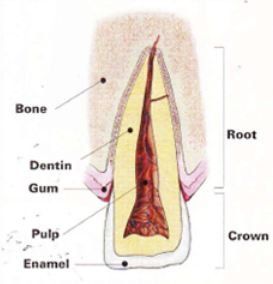


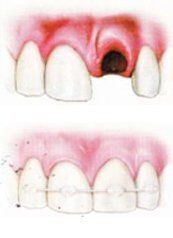
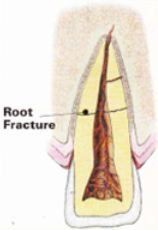
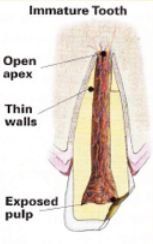
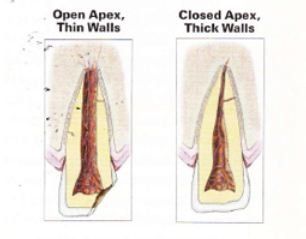
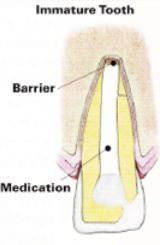

Share On: